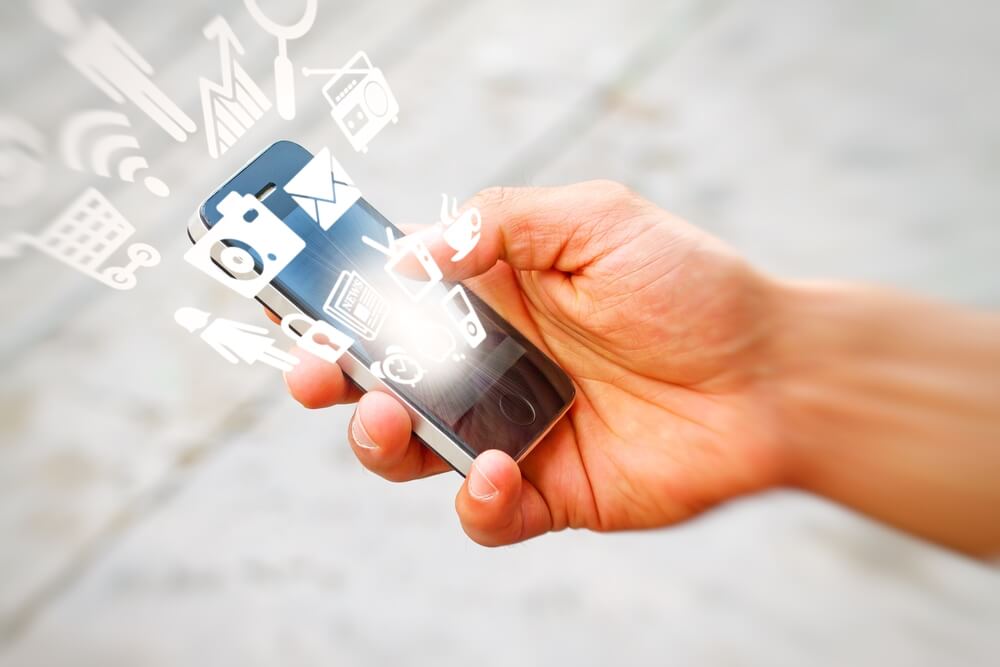How can enterprises account for the digital dexterity of employees?
The digital world is now ingrained within the modern workplace. There are simply more processes affected by technology in some way, than those that aren’t. It’s the same in the home. From tablets to connected TVs to digital thermostats, the average person has one form of tech or another within reach at all times.
What this had led to, is a digital savviness in the workforce. In fact, Gartner has gone as far to say that every employee is now a digital employee. However, what does that statement actually mean? And how is it of value to enterprises?
Sending a message
In relation to strategic planning processes, it can be hard for companies to share a vision across the entirety of their business units. Moreover, it can be even more difficult to actually get employees to buy into that shared identity.
That’s where digital can help.
“IT leaders are in a unique position to strategically sense and respond to a set of seemingly disconnected business initiatives for employees, partners and customers. The central thread that ties them all together is the consumerization of technology,” explained Gartner research vice president Matt Cain.
In short, companies should be doing more to leverage a huge thing that pretty much all of their employees will have in common: Digital dexterity.
The customer focus
The Economist Intelligence Unit found that creating a digital culture also has other, external business benefits. For example, cross-channel customer experiences are now the norm and provide a unique touchpoint at which companies can really connect with consumers. Simply, these aren’t possible without a workforce that’s on top of digital trends.
While the world of technology has no doubt affected nearly every facet of business, the skills it has given the workforce are ever changing. Tapping into those is now where the real skill lies, and enterprises shouldn’t overlook the digital skills of the average employee.




Leave A Comment